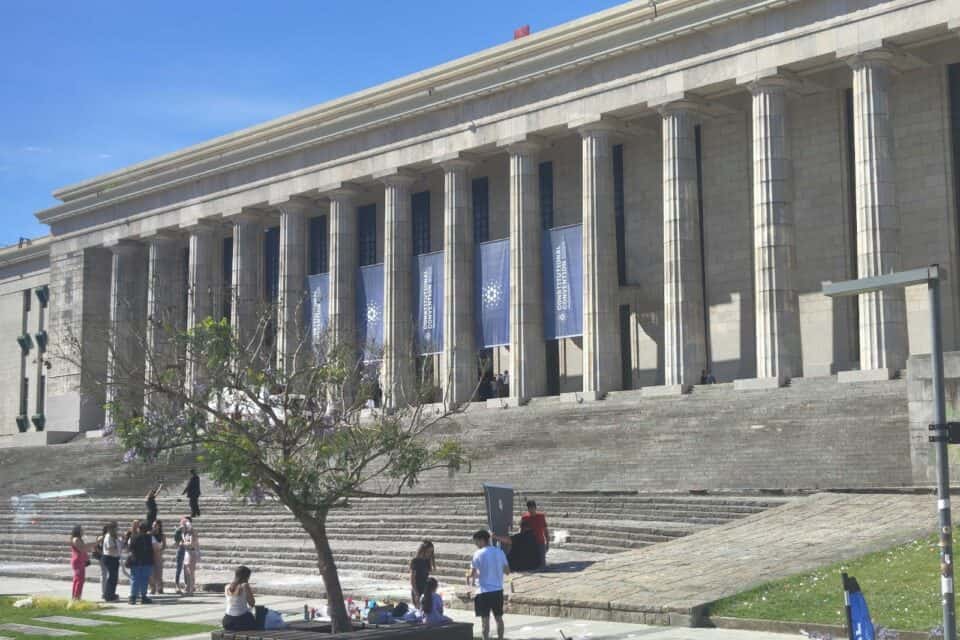A case study of our three-day innovation workshop with SOCOM.
Voltage Control designed and facilitated the United States Special Operations Command’s (SOCOM) 3rd Innovation Foundry (IF3) at Austin’s Capital Factory. This event brought together Special Operations Warfighters and non-traditional technologists to explore future Special Operations scenarios over three-days.


The Challenge
- Bring together a diverse group of Special Operations Warfighters and non-traditional technologists to work collaboratively on future-based scenarios, with a focus on AI and robotics.
The Process
- Three-day workshop in April 2019 with 85 people.
- Workshop leveraged a blend of activities: Design Sprints + Liberating Structures + Gamestorming.
- Each team was assigned one of the three scenarios. The teams explored and generated solutions and then used design thinking exercises to ideate, explore, refine, and rank potential concepts.
- On the final day, each team selected one concept to pitch to SOCOM leadership and other military VIPs.


“The scenarios were sophisticated and intentionally difficult in order to drive new and creative approaches to the problem sets.” —RDML Rodriguez (NSWC Deputy)


Day 1: Frame
- Douglas Ferguson, President of Voltage Control, kicked off the first day with a brief introduction to the process and the goal of exploring solutions for special operations in the year 2029.
- After other introductory presentations, Dr. Bruce Morris, NSWC N9, discussed the common themes in the scenarios that the attendees would be solving.
- The participants watched videos for each of the three scenarios. Each video defined the mission, provided context on the operational environment, and detailed critical constraints.
- Participants were assigned to one of six teams that included both technology experts and special warfighters. After watching each video, each team identified key challenges and risks in the form of Critical Questions.
Day 2: Ideate
- On the beginning of day 2, Bruce Morris reviewed the common elements of the scenarios and the future operating environment for special reconnaissance.
- The teams worked to map the problem space to unlock tacit knowledge and build shared understanding.
- Attendees wrote down ideas about how to approach their scenario and then passed their solutions to the next person, who added to those ideas. They built on and integrated each other’s ideas for five rounds.
- Each individual put their best ideas on paper in detail. The custom template was designed to get attendees to consider three important phases of the operation: Infiltration — Actions at the Objective — Exfiltration.
- Every table took time to reflect on their sketches. They began with observations of their sketches. Then they identified patterns that began emerging. And finally, they thought about what changes they would make to the sketches on the last day, based on what they learned.
Day 3: Refine
- On the final day, each table worked together to dive deeper into the details of each solution. The goal was to get to a deeper level of specificity around the technologies that would be used.
- The tables reviewed their votes and prepared a presentation for the group.
- A spokesperson from each group presented their group’s concept to a panel of military VIPs who came to hear the pitches, ask questions, and offer feedback.


“Breaking down barriers and challenging thought process and experience provided powerful insight and self-discovery.” — Major Christopher Jones
The Outcome
- SOCOM built key relationships with local and regional entrepreneurs and technologies.
- They gained an understanding and clarification on requirements and new areas for R&D.
- They uncovered new concepts to analyze and distill down into trends.
- SOCOM plans to build on the outcomes of this workshop in future rapid prototyping events.
Interested in hosting a similar workshop? Check out our Innovation Immersion service.


